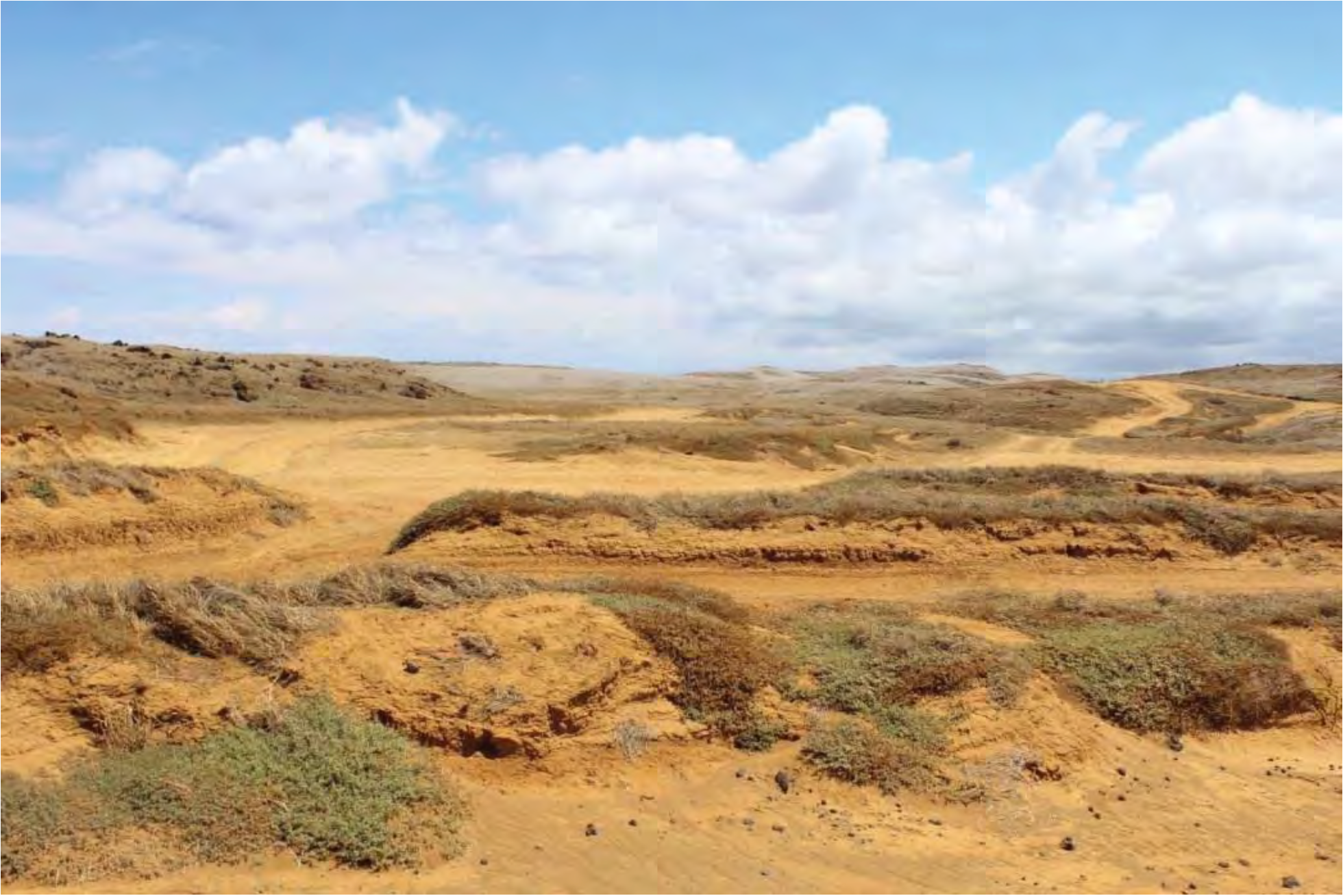Rare green-sand beach area in Hawaii being destroyed by tourists
The sand on the beach contains olivine, a green mineral
Your support helps us to tell the story
From reproductive rights to climate change to Big Tech, The Independent is on the ground when the story is developing. Whether it's investigating the financials of Elon Musk's pro-Trump PAC or producing our latest documentary, 'The A Word', which shines a light on the American women fighting for reproductive rights, we know how important it is to parse out the facts from the messaging.
At such a critical moment in US history, we need reporters on the ground. Your donation allows us to keep sending journalists to speak to both sides of the story.
The Independent is trusted by Americans across the entire political spectrum. And unlike many other quality news outlets, we choose not to lock Americans out of our reporting and analysis with paywalls. We believe quality journalism should be available to everyone, paid for by those who can afford it.
Your support makes all the difference.The area around a rare and secluded beach on Hawaii’s Big Island is being ripped apart by tourists who want to see the coast’s rare green sand.
Illegal off-road driving has carved paths into the landscape surrounding Papakōlea Beach, causing erosion and destruction of the landscape, according to a new report from SFGate.
The area at the southern end of the island, called South Point, was described as “sacred and treasured” to people in Kaʻū, the local district, in a 2016 report from the Department of Hawaiian Home Lands (DHHL), a state agency that controls the land around the beach.

Tourists visiting the area may not even be aware that travelling in an off-road vehicle is illegal, but some locals charge people money at the entrance to the beach areas for a ride down to the beach, SFGate reports.
People are allowed to visit the beach — which contains sand rich in olivine, a bright green mineral — but only on foot, via a roughly 2.5-mile (four kilometre) hike.
But people who illegally drive their cars in the area are damaging the whole ecosystem of the area.
“Roads are created where they are not supposed to be, and when big rains occur, water floods and follows these roads that lead to sites, thus contributing to erosion at a faster pace,” Nohea Kaawa, a local resident, told SFGate.
Cars, as well as all-terrain vehicles, have created massive ruts in the landscape and eroded the ground. In addition to the unique green beach, the spot is home to rare plants, like the endangered ‘Ohai native to Hawaii, and rare animals like the endangered ‘Io, or Hawaiian hawk, according to the 2016 DHHL report.

South Point also has some significant archaeological sites of centuries-old Hawaiian settlements, the report adds.
“The people of Kaʻū are pleading to ‘let the land heal’ so that what is left of this fragile ecosystem can be shared with future generations,” the report states.
The DHHL reported outlined a plan to protect and restore the South Point landscape, including protective barriers, signs and a staff person to prevent off-road driving. But a spokesperson for the agency told SFGate that, even six years later, the plan still hasn’t been funded.




Join our commenting forum
Join thought-provoking conversations, follow other Independent readers and see their replies
Comments